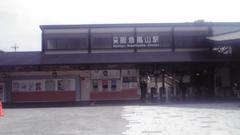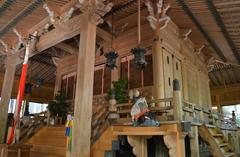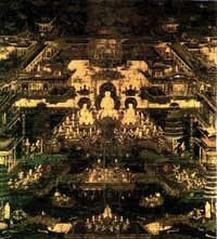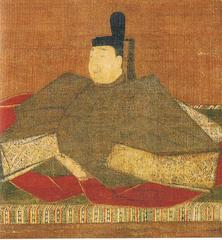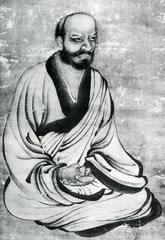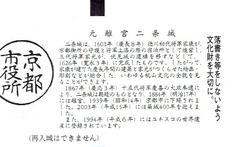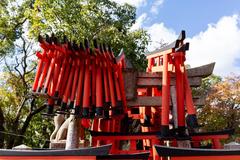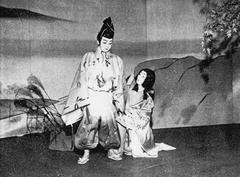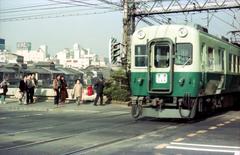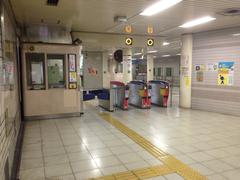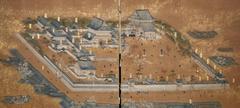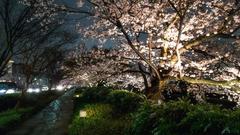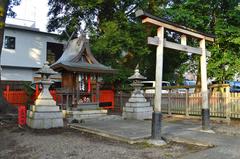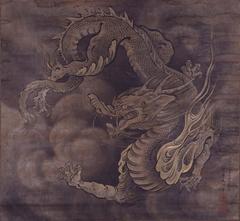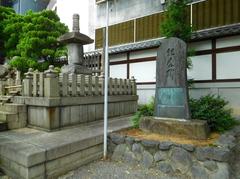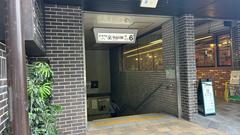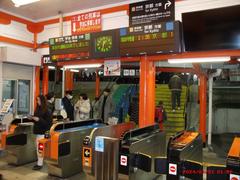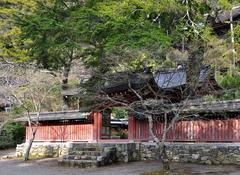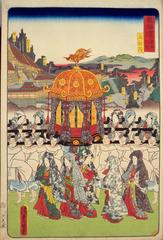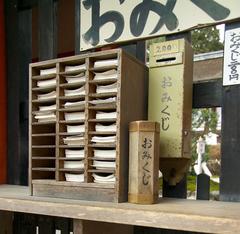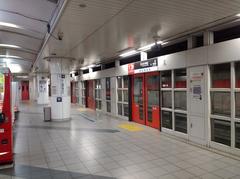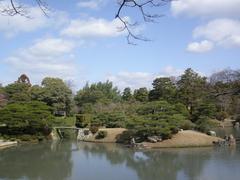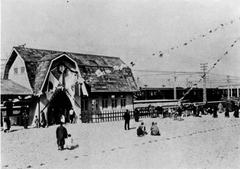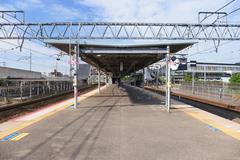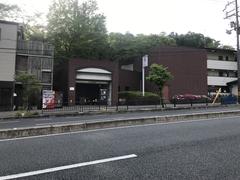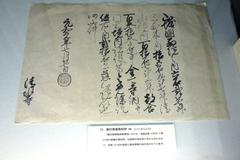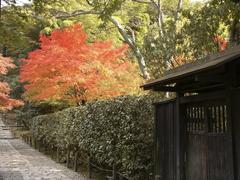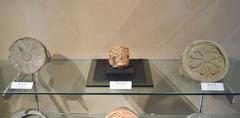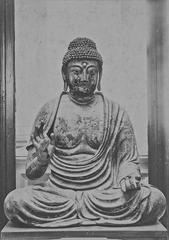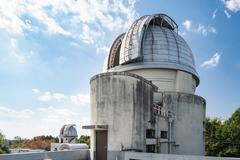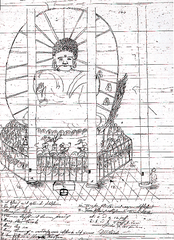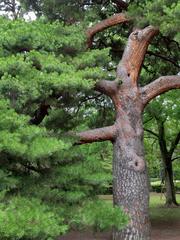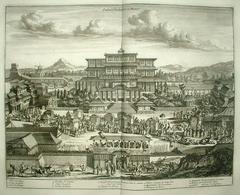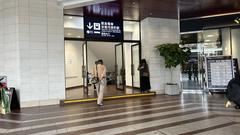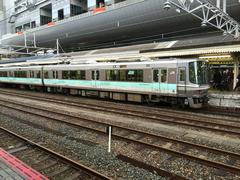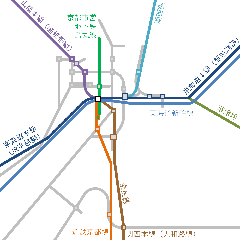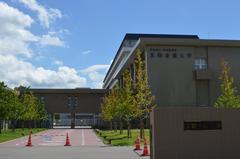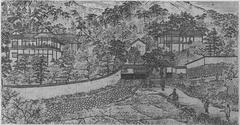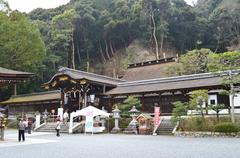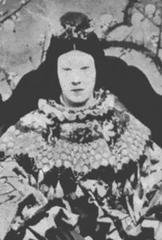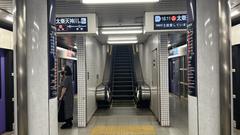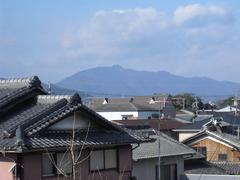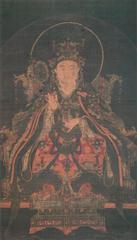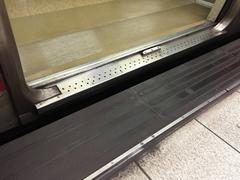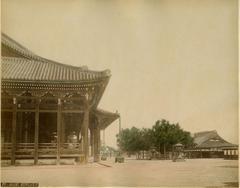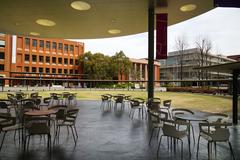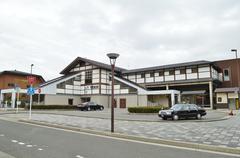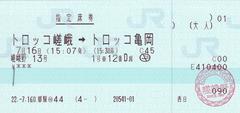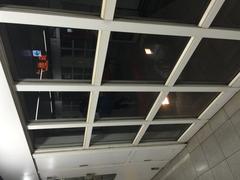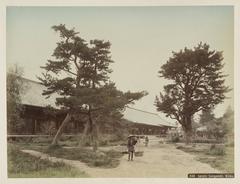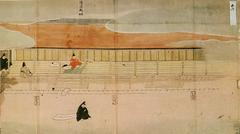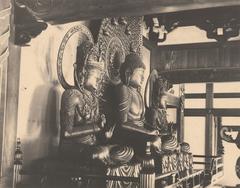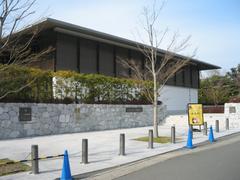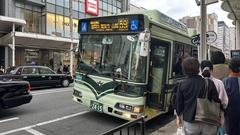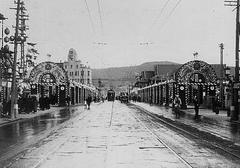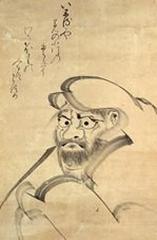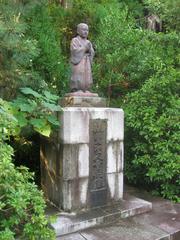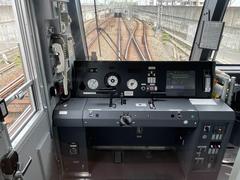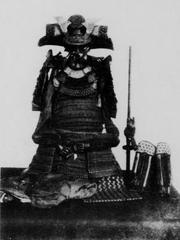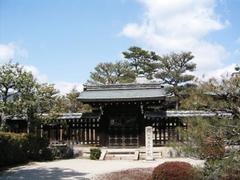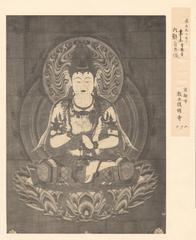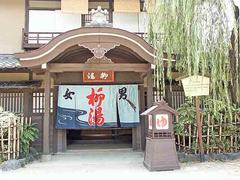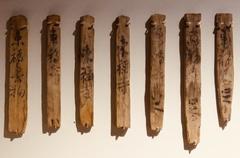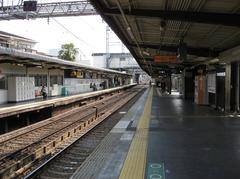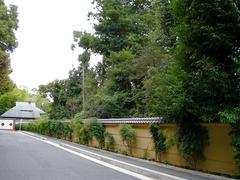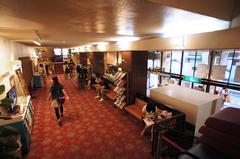Museum of Kyoto: Visiting Hours, Tickets, and Comprehensive Travel Guide
Date: 14/06/2025
Introduction
Nestled in the heart of Japan’s ancient imperial capital, the Museum of Kyoto serves as a vibrant gateway to the city’s rich historical and cultural tapestry. Established in 1967 as the Heian Museum of Ancient History and reimagined in its current form in 1986, the museum stands as both a repository of invaluable artifacts and a dynamic hub for education and cultural preservation (Wikipedia). It offers visitors unique insights into over twelve centuries of Kyoto’s evolution, from its Heian period origins to its present-day role as a global center of culture.
This guide provides everything you need to plan an enriching visit, including museum history, architectural highlights, ticketing, accessibility, nearby attractions, and practical tips—ensuring you make the most of your time in Kyoto.
Table of Contents
- Origins and Evolution of the Museum of Kyoto
- Architectural Heritage and Cultural Property Status
- Museum’s Role in Kyoto’s Cultural Preservation
- Visiting Hours, Tickets, and Location
- Educational and Community Impact
- Significance in Kyoto’s Urban and Cultural Policy
- Notable Collections and Exhibitions
- Museum Layout and Visitor Flow
- Accessibility and Visitor Amenities
- Nearby Attractions and Suggested Itinerary
- Frequently Asked Questions (FAQs)
- Conclusion and Planning Resources
Origins and Evolution of the Museum of Kyoto
The Museum of Kyoto (京都文化博物館, Kyōto Bunka Hakubutsukan) has its roots in the Heian Museum of Ancient History, opened in 1968. Originally focused on academic research, the institution transitioned to a broader public mission in 1986 when Kyoto Prefecture established the Museum of Kyoto as a central platform for education, cultural engagement, and preservation (Wikipedia). This shift reflects Kyoto’s long-standing commitment to safeguarding its living heritage for both residents and visitors.
Architectural Heritage and Cultural Property Status
A signature feature of the museum is its architectural ensemble. The main building is a modern structure designed for flexible exhibition use, while the annex is the former Kyoto branch of the Bank of Japan, completed in 1906 and designed by the renowned Tatsuno Kingo and Nagano Uheiji. This Meiji-era red brick building is designated as an Important Cultural Property, reflecting its historical value and Renaissance Revival style (Kyoto Museums). The careful integration of old and new architecture embodies Kyoto’s approach to heritage conservation and adaptive reuse.
Museum’s Role in Kyoto’s Cultural Preservation
Kyoto is home to roughly 20% of Japan’s National Treasures and 15% of its Important Cultural Properties (Unseen Japan). The Museum of Kyoto curates exhibitions spanning 1,200 years of history, offering context for the city’s famous temples, festivals like Gion Matsuri, and traditional arts such as Nishijin-ori textile weaving. Through permanent and rotating exhibitions, the museum illuminates Kyoto’s built environment, intangible traditions, and its ongoing story as a living cultural capital (Medium).
Visiting Hours, Tickets, and Location
Location: 623-1 Higashikatamachi, Nakagyo Ward, Kyoto, 604-8183, Japan
Visiting Hours:
- Tuesday to Sunday: 10:00 AM – 6:00 PM (last admission at 5:30 PM)
- Closed on Mondays (or the following day if Monday is a national holiday) and during New Year holidays
Ticket Prices:
- Adults: 800 JPY
- University Students: 600 JPY
- High School Students and younger: Free
- Special exhibitions may require additional fees (Kyoto Museums)
Ticket Purchase: Tickets are available at the museum counter or online via the official website.
How to Get There:
- By Subway: Karasuma Oike Station (Karasuma and Tozai Lines), a short walk from the museum
- By Bus: Nearby stops include “Shiyakusho-mae” and “Kawaramachi Oike”
- By Taxi: Convenient from central Kyoto locations (Trip.com)
Educational and Community Impact
The Museum of Kyoto is not only a place for viewing artifacts but also a hub for education and community engagement. It offers lectures, hands-on workshops, and special events to foster deeper appreciation for Kyoto’s traditions. These programs connect local artisans, historians, and cultural practitioners with the public, ensuring that knowledge and skills are passed down through generations (Medium).
Significance in Kyoto’s Urban and Cultural Policy
Kyoto’s robust preservation framework includes strict zoning laws and incentives for maintaining historic districts. The Museum of Kyoto, located within a repurposed heritage building, exemplifies the city’s dedication to sustainable tourism and adaptive reuse (GCELab). Kyoto’s central role in national cultural policy was reinforced in 2023 when the Agency for Cultural Affairs relocated from Tokyo to the city, highlighting its place at the forefront of heritage management (Japan News).
Notable Collections and Exhibitions
Permanent Exhibition
The permanent collection traces Kyoto’s historical evolution, featuring:
- Heian Period Artifacts: Costumes, manuscripts, and religious items from the city’s founding era.
- Medieval and Early Modern Objects: Samurai armor, merchant tools, and Noh masks.
- Modernization and Contemporary Culture: Exhibits on the Meiji Restoration and traditional crafts.
Special Exhibitions
Rotating exhibitions throughout the year highlight:
- Traditional Crafts: Ceramics, textiles, lacquerware, often with live demonstrations.
- Religious Art: Buddhist and Shinto artifacts, temple treasures.
- Festivals: Displays on Gion Matsuri and other iconic celebrations.
- International Connections: Artifacts reflecting Kyoto’s global cultural ties.
All exhibitions feature bilingual signage and multimedia guides (official site).
Museum Layout and Visitor Flow
- Main Building: Houses permanent and special exhibition galleries. The second floor focuses on Kyoto’s history; the third features a film theater; the fourth is for special exhibitions.
- Annex: The former Bank of Japan building, showcasing Meiji-era architecture and hosting special events.
Navigation: Clear Japanese and English signage, intuitive floor plans, and “Roji Stores” on the ground floor recreating historical Kyoto streetscapes (Magical Trip).
Accessibility and Visitor Amenities
- Accessibility: Wheelchair accessible, with elevators, ramps, and barrier-free restrooms.
- Facilities: Information desk, lockers, museum shop, and a café serving light meals and beverages.
- Audio Guides: Available in English, Chinese, and Korean for a small fee.
- Guided Tours: Periodically offered—check the official schedule for availability.
- Photography: Permitted in most public and permanent galleries; restrictions apply in special exhibitions.
Nearby Attractions and Suggested Itinerary
Enhance your visit by exploring nearby cultural sites:
- Nijo Castle
- Kyoto Imperial Palace
- Nishiki Market
- Honnoji Temple
- Kyoto International Manga Museum
Suggested itinerary: Begin with the Museum of Kyoto, then visit Nijo Castle or stroll through Nishiki Market for a full immersion in Kyoto’s history and culinary culture (WhichMuseum).
Frequently Asked Questions (FAQs)
Q: What are the Museum of Kyoto’s visiting hours?
A: Open Tuesday to Sunday, 10:00 AM – 6:00 PM (last admission 5:30 PM), closed Mondays.
Q: How much are tickets?
A: Adults 800 JPY, university students 600 JPY, high school students and under free. Special exhibitions may require additional fees.
Q: Is the museum accessible for wheelchair users?
A: Yes, with full accessibility features throughout.
Q: Are audio guides available?
A: Yes, in several languages for a nominal fee.
Q: Can I take photos inside?
A: Allowed in most permanent galleries; check signage for restrictions.
Q: Are there discounts or passes for multiple museums?
A: The Kansai Grutto Pass offers discounted entry to multiple sites, including the Museum of Kyoto (Japan Guide).
Conclusion and Planning Resources
The Museum of Kyoto is an indispensable destination for anyone eager to explore Kyoto’s deep historical and cultural heritage. With its thoughtfully curated exhibitions, accessible facilities, and central location, it offers a panoramic view of the city’s 1,200-year journey. The museum’s integration of modern architecture with Meiji-era heritage exemplifies Kyoto’s approach to preservation and innovation (Kyoto Museums).
Before visiting, check the official website for up-to-date hours, ticket prices, and exhibition details. For interactive guides and travel enhancements, download the Audiala app and follow our social media channels for event updates and cultural insights.
Plan your journey and immerse yourself in the enduring spirit of Kyoto—where history lives and culture thrives.
References and Further Reading
- Museum of Kyoto, Wikipedia
- Museum of Kyoto, Kyoto Museums
- Kyoto History, Unseen Japan
- Kyoto Cultural Preservation, Medium
- Museum of Kyoto Visitor Information, Trip.com
- Cultural Policy in Kyoto, Japan News
- Heritage Conservation in Kyoto, GCELab
- Museums in Kyoto, Mai-Ko
- Best Museums to Visit in Kyoto, Magical Trip
- Kyoto City Kyocera Museum
- Kansai Grutto Pass, Japan Guide
- Best Museums, WhichMuseum

